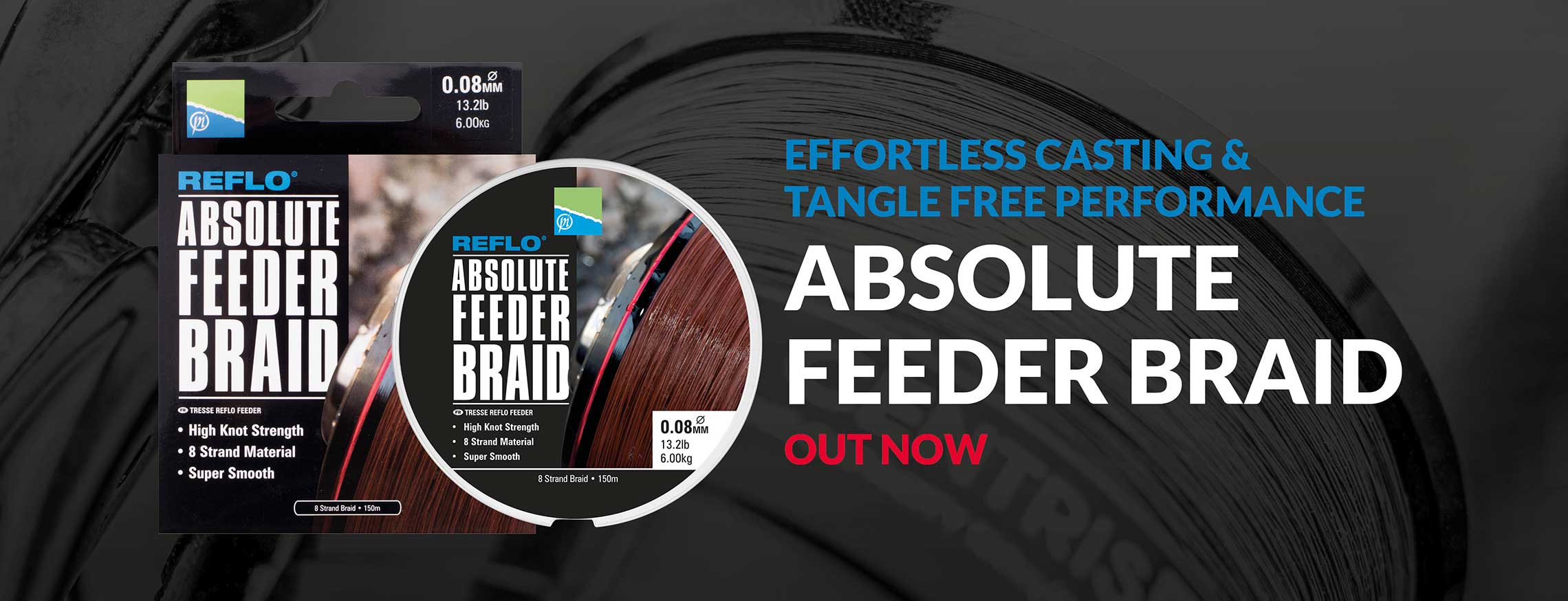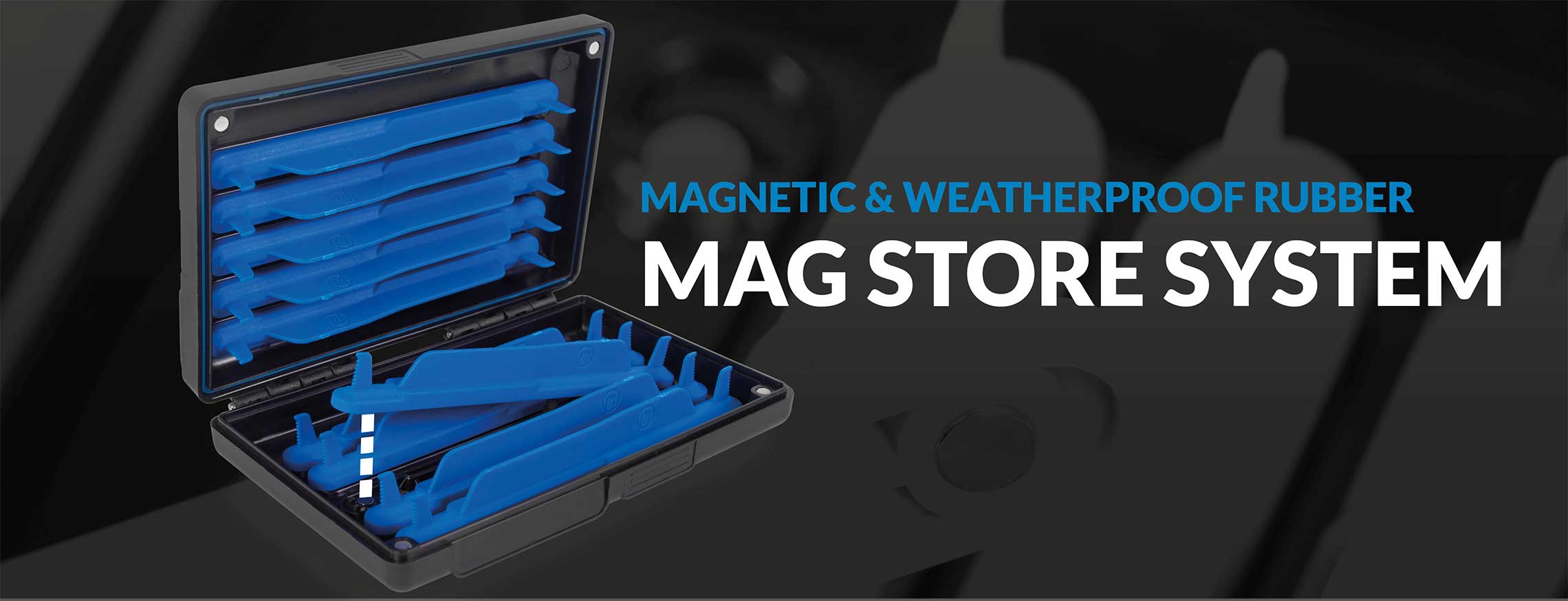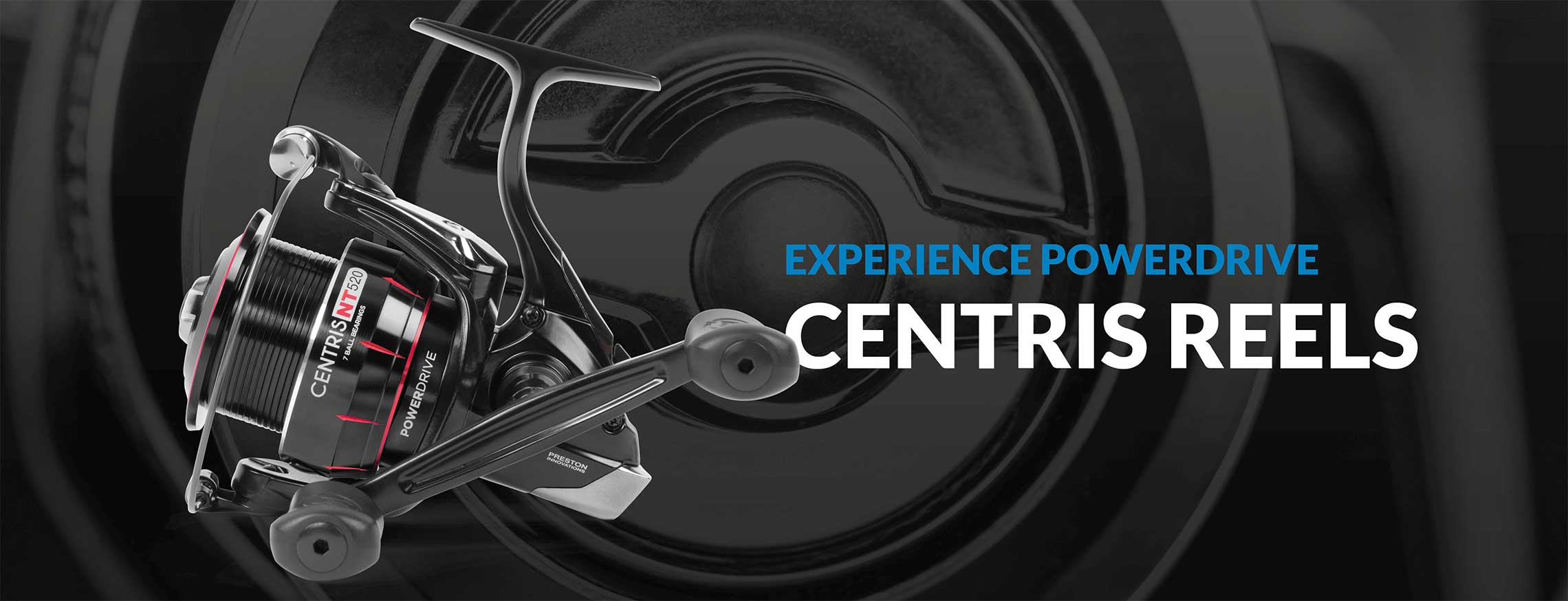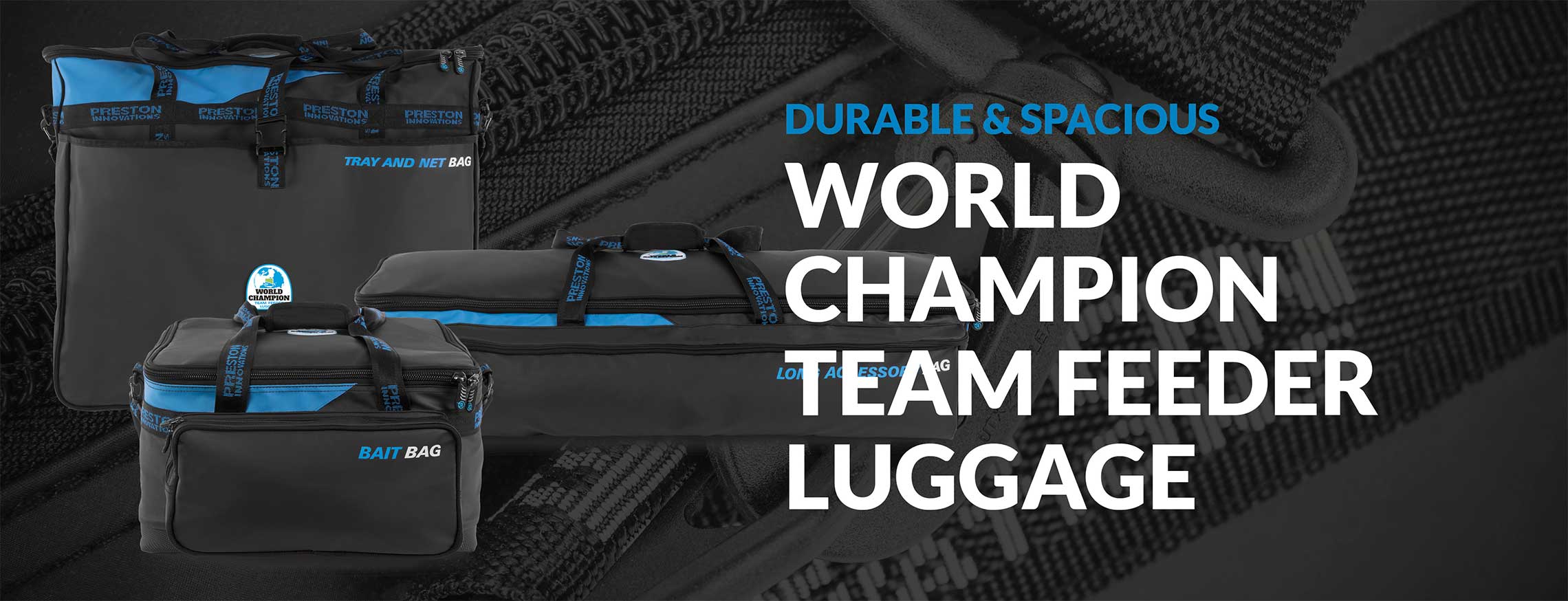Targetting F1s in Winter Months
Share the Targetting F1s in Winter Months article:
Share
Dear Lee,
When it comes to fishing for F1s in winter, what would you consider the best bait and methods to use?
Kevin Pilkington, Lancashire
I see winter F1 fishing as a very specialised subject; it is something I have done a lot of in the past, but I cannot confess to being an expert like Andy Bennett, Joe Carass and Stu Palser. These anglers fish for the species week in, week out through winter and what becomes apparent is that there is a lot more to it than just tapping in a few pellets.
This winter I have been mainly fishing for silver fish, but in preparation for the upcoming winter-league semi-final at Lindholme Lakes, I have been attending the midweek open matches on the well-known Bonsai Lake. This is typical of many venues that hold F1s across the country and the species is likely to play an important part in any winning catch.
The first thing to consider is bait choice, and there are two baits that dominate my winter F1 fishing – maggots and pellets. If an F1 is feeding, you can guarantee they will eat these baits, so they are the first things on the bait table. The other baits I carry are a loaf of bread and some corn, purely to offer a change of hook bait; something more visual on those harder days. Pellets are the commercial angler’s go-to bait, and rightly so because they are seen at fisheries all the time and F1s in particular see them as part of their diet. For F1s in winter the smaller, softer pellets take centre stage, with 2mm pellets, or micro pellets as they are more commonly known, forming a reliable way of feeding. When combined with soft, 4mm expanders on the hook this makes a winning combination.
I have been experimenting with this way of feeding for a while, often finding that micro pellets with a small amount of Sonubait F1 groundbait is a winner. To prepare the pellets I mix 250ml of micros and 100ml of dry groundbait, then add 150ml of water and leave it to soak. By the time the match is about to start I have a combination of soft micro pellets and groundbait, perfect for introducing via a small pot. This mix can be a proven winner in winter, but I have found that on some venues, especially those that have small skimmers and roach, the addition of groundbait draws in too many small fish.
Then, simply using micro pellets, or even 4mm pellets can be better for just attracting F1s. My rigs for pellet fishing are very simple. First of all floats, I have been using PB Inter 4s for my pellet fishing for many years. This float has a thick wire stem and visible plastic bristle, which in sizes 0.2g to 0.4g cover water up to six feet in depth. They are very stable, which in my opinion is essential for success when pellet fishing. The float is set on 0.13mm Reflo Power, with either a spread bulk above a 4in hooklength, or if over three feet deep a bulk at one foot and two evenly spaced droppers.
The hooklength is 0.10mm Reflo power, which gives me security against any bonus carp or big F1s hooked. Hook choice is always a personal thing, but I have used the PR 490 for a long time, and in a size 16 or 18 with a 4mm pellet I have a light yet reliable hook that has caught me many F1s. The final part of the rig is between the float and pole tip. I always fish with 15 inches of line and three No8 Stotz spread evenly as back shot. This means I always keep in touch with the float, but the pole tip doesn’t have to stay completely still, meaning any wind, or if I’m feeding another line by hand, will not affect presentation.
This setup needs a balanced elastic. My choices are either a single solid Original Slip 6, or for bigger F1s the new 8h Dura Hollo. These are both very light elastics, but winter F1s can be very slow and heavy, and with the wrong elastic choice that can mean many lost fish. With rigs and feed sorted it is important to know when to choose pellets. Personally, they will be my first choice on most swims, unless conditions on the day don’t allow it. For example, if there is a very strong wind, making presentation difficult, then maggots or even a heavier bait such as corn can be a better choice.
So is there any other time when you may choose maggots over pellets? Well, for me, maggots are a bait that require regular feeding in a way that encourages competition among fish. By that I mean that pellets are fed lightly to set a trap, attracting one or two fish in a tight area and catching Lee likes this style of float them with your hook bait. Maggots, however, seem to work better when they are fed regularly by hand or with a catapult, creating competition among F1s over a period of time.
Therefore a line in open water that can be fed by hand or regularly with a big pot is a must for me when fishing for F1s, as this line could be a potential match winner. Rigs for this line are slightly different. I prefer a Chianti float for this type of fishing and light versions such as 4x12 or 4x10 seem to work best, with small shot spread out across the bottom half of the rig. This allows fish to watch, or either take the bait as it falls, almost searching the peg to find where they are feeding.
The feeding on this line needs to suit the venue. Here at Lindholme today there are many small roach and skimmers, so I have opted for a line in open water where I can regularly pot a handful of maggots. Most of these will be eaten by roach, but the regular feeding will encourage F1s to the peg and hopefully settle in the latter half of the match. Incidentally I change my hook for maggot fishing, with a PR 412 in either a size 20 or 18 best. But this again comes with light elastic, a 6 or even a 5, to ensure every fish hooked is landed. When 50lb is likely to be a winning weight there is no need to rush anything to the net.
The final bait to talk about is bread. It is no secret that many venues respond well to dobbing bread around the peg. Here at Lindholme it has not been working as well this year, but other venues have seen a definite response to this method. My rig for this is simple: a PB Carp 1 in a 4x10 size, with only two small shot down the line. This allows the bread to sink slowly, searching the swim in a way that can find the fish. This is often used at the start of the match, and can help establish where the fish are in your peg.
Today I have brought the Match Fishing cameras to Peg 24 on Bonsai. This peg has been holding a few F1s recently and offers many areas for fish to hide. The way you approach a peg when F1 fishing can often make or break your match. Here today I have plumbed around to the island slightly to my right. There are a few dead weeds and reed beds in the water, which offer a natural holding area at this time of year. The depth here is good too, with four feet in most places, and a 3ft bar against the reed bed away to my right. It is important when plumbing up not to make an instant decision on where to fish.
I want to be sure I know all the contours of my peg before choosing where I plan to fish. After plumbing up the island to my right, I have explored the gap between the two islands, and then the island away to my left. Here I have found some shallow water at around three feet, going to around two feet tight against the island to my left. This too has potential to hold F1s, but starting here could be disruptive to my peg early on, so may be somewhere to leave for later in the session.
Straight in front of me, from six to 13 metres is the deepest part of my peg, and at around five feet I feel this is an area where I can regularly feed maggots, away from any disturbance I am likely to cause around the islands. I know there are many silver fish in this lake, so instead of fishing close and throwing maggots, I will fish away to my left at 13 metres and pot regularly with larger amounts of bait. My next question is where to start. Away from the island at around 14 metres there is four feet of water and I fancy this as a nice starting place, hopefully catching an F1 or two before moving closer to and along the island.
Remember with pellet fishing you are setting the trap for one fish at a time, so you can start a new swim as close as one foot away from where you fed the previous time. Usually I would also look to the margins for F1s, maybe later in the session, but unfortunately I have two trees completely blocking me off from this type of approach. However, never rule this area of your swim out, even in winter.
To start the session today I have decided to first of all go out with my dobbing rig and bread. Although it has not been working here recently, I am here today to try things, so the first 30 minutes will be spent dropping my rig in various places around the swim. Unfortunately the locals have been proved right, as no bites are forthcoming. The pellet rig at 14 metres is my next approach, and today I have opted for my groundbait and micro mix. After 10 minutes I foul hook an F1.
 Unfortunately it comes off, but it’s a sign that we might get a few bites. By the end of the first hour nothing has found the net, so I have pushed further towards the island in search of fish. The new swim throws up an F1 straightaway; at around 2lb it is a nice start. Next put-in I think I have hooked another, but it turns out to be a bream around 2½lb, a welcome bonus on a day like this, and even more so when his twin brother comes along 10 minutes later. Has the addition of groundbait brought these fish into my peg? The next 30 minutes see me catch a few hand-sized skimmers, and now I feel the F1s will not get involved.
Unfortunately it comes off, but it’s a sign that we might get a few bites. By the end of the first hour nothing has found the net, so I have pushed further towards the island in search of fish. The new swim throws up an F1 straightaway; at around 2lb it is a nice start. Next put-in I think I have hooked another, but it turns out to be a bream around 2½lb, a welcome bonus on a day like this, and even more so when his twin brother comes along 10 minutes later. Has the addition of groundbait brought these fish into my peg? The next 30 minutes see me catch a few hand-sized skimmers, and now I feel the F1s will not get involved.
Time to start again, this time three feet to the left in the deeper water in among some dead reeds. Again the response is instant, this time two F1s finding the net. One is a really good size, and already we are on for a good winter weight. All the time I have been fishing these lines I have been feeding maggots in my open-water swim, hopefully building confidence for the latter part of the session. Once again the pellet swim starts to produce little skimmers.
Maybe the groundbait was a bad idea today, because the more I have fed one spot, the more small skimmers are disrupting my F1 fishing. I decide on a change to corn and another big skimmer finds the net before an F1 joins in. In a match I would be happy building a weight like this, but today is about F1s so I decide to start a new line in the shallower water off the edge of the island.
This line again throws up a single F1, but this time the skimmers are not a problem. Maybe the F1s are just backing off easily. With two hours of the session left it is time for the maggot line. The light Chianti rig has only four inches of line between pole tip and float, because I have the float dotted right down and want to quickly lift on any indication.
Unlike pellet fishing, I am happy to lay the rig in all the time, so the short line gives me a chance to quickly react to any sign on the float, simply laying it in again if I miss the bite. The first few fish are decent-stamp roach, again nice weight builders but not the target fish. Then an F1 makes an appearance, followed by a bigger one, which pushes the catch on again. I have put a big Uni Cad pot on now, feeding a decent amount of maggots every cast in an attempt to bring bigger fish into the peg.
Two more skimmers follow and a final F1 completes the session. As we pull out the net for a catch shot it has been a typical F1 session. Working hard and searching the peg has produced several good F1s and around 15lb of other fish to take the catch to over 40lb, certainly a framing weight in most winter matches. As it starts to warm up, this sort of approach will still work well for F1s; it is only when they start to feed shallow, or in the shallow water against the islands, that this approach may become a little negative. But for the next few weeks at least this approach will still be my way with F1s.









